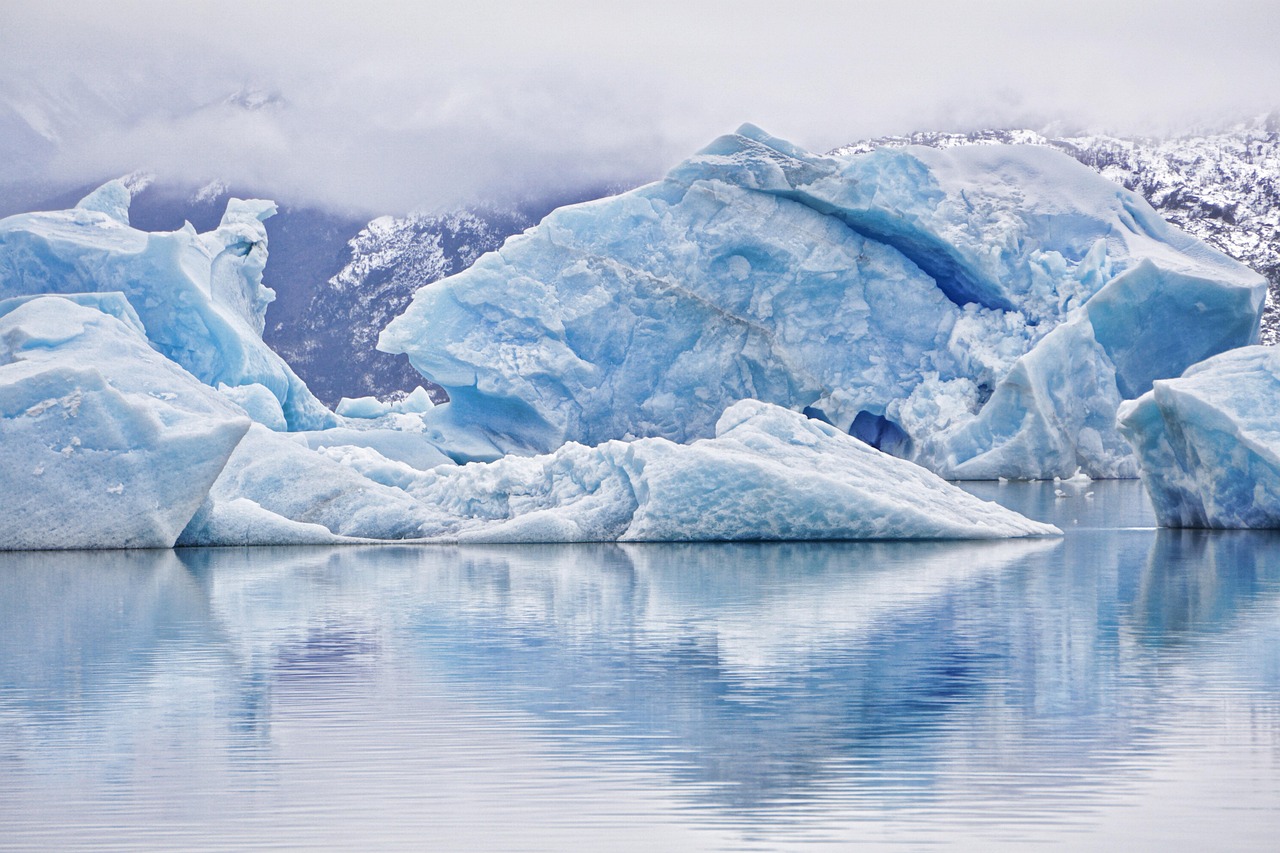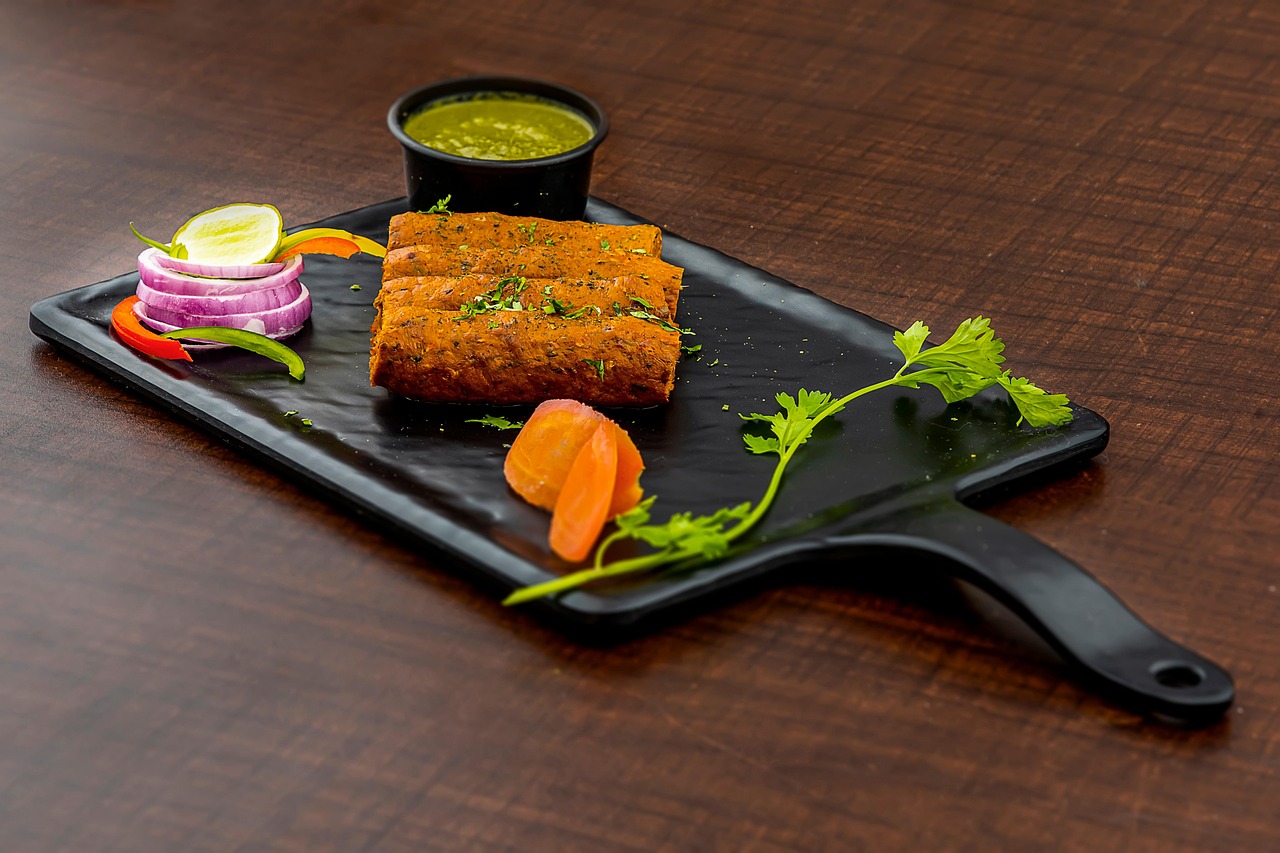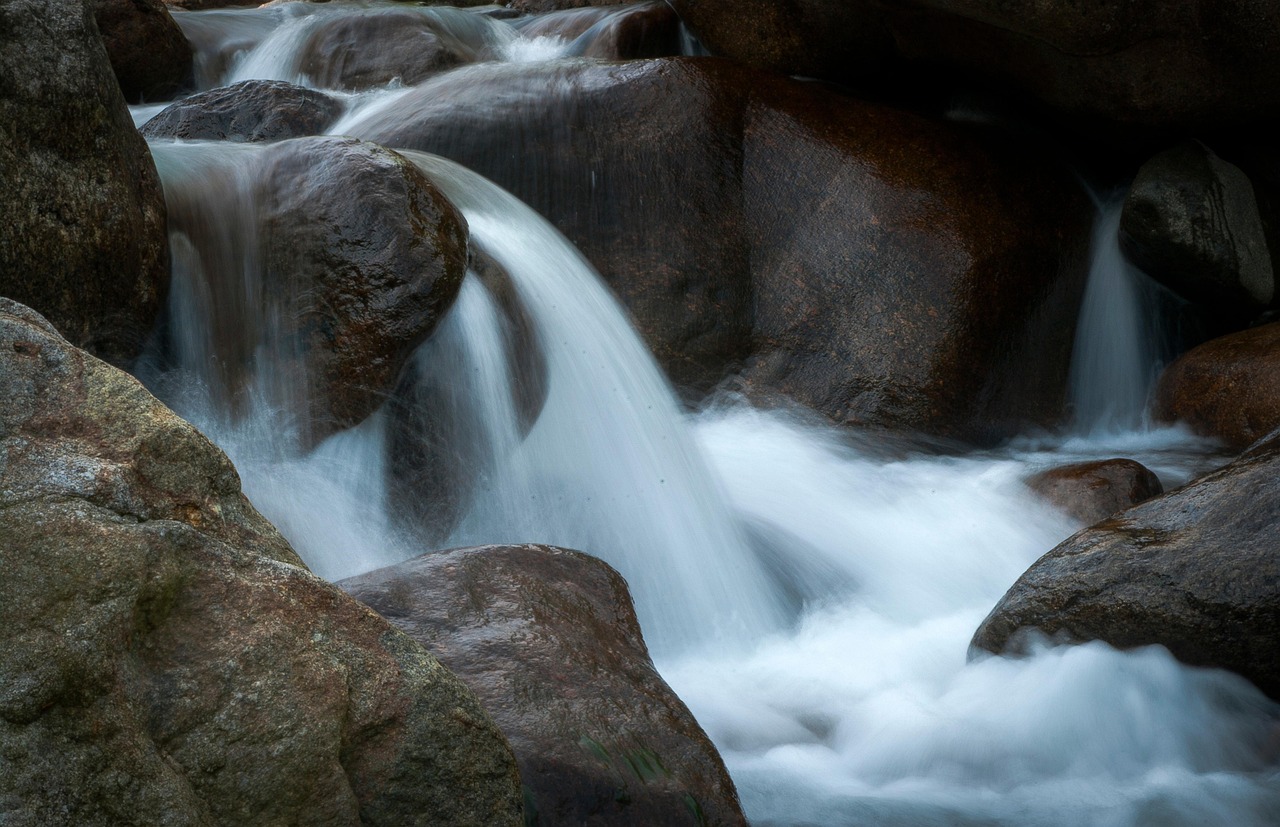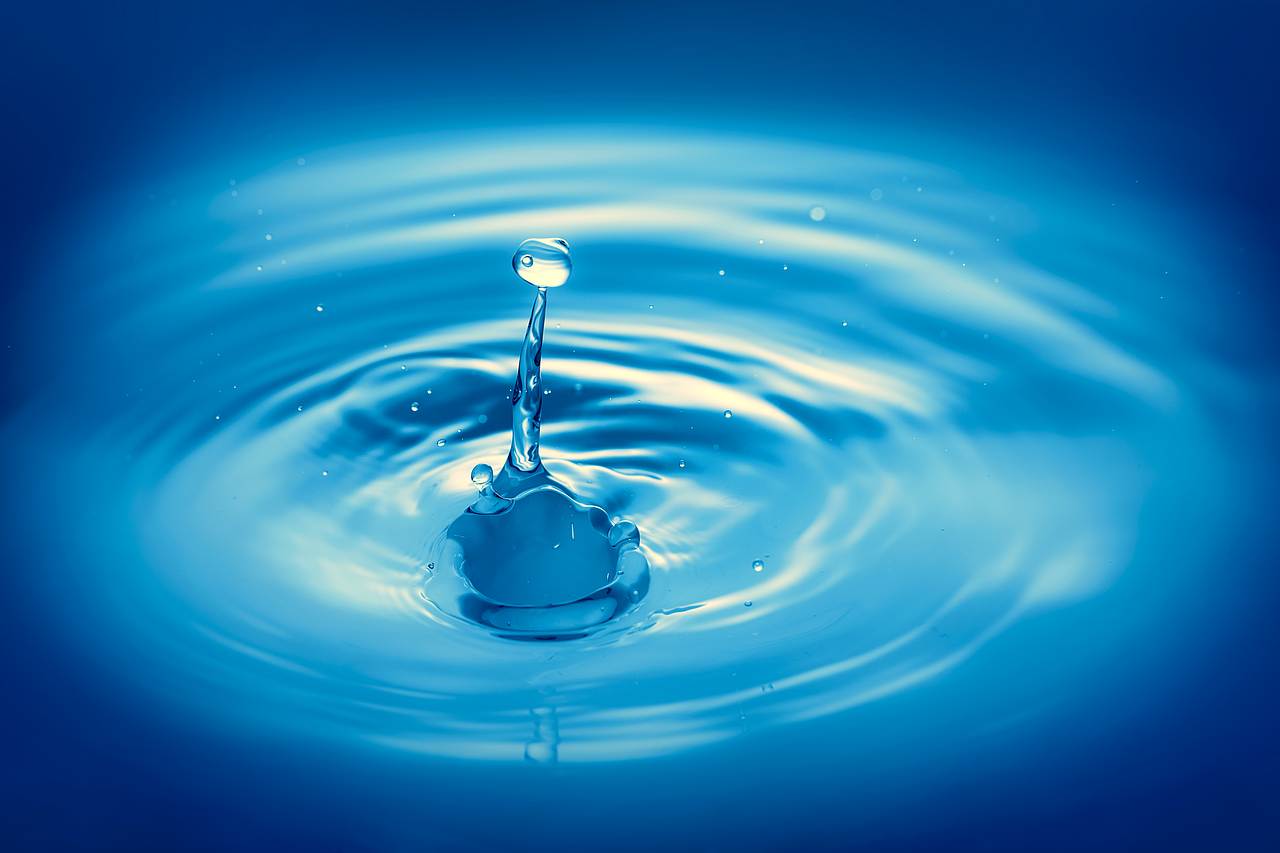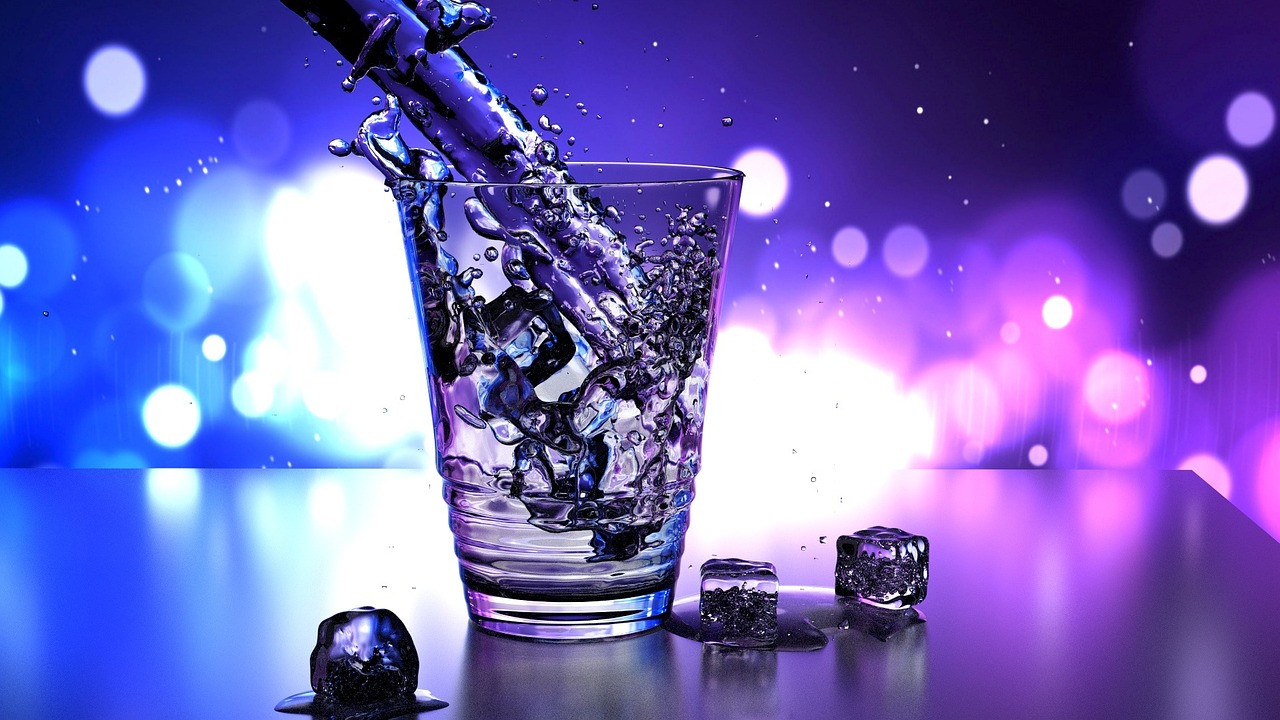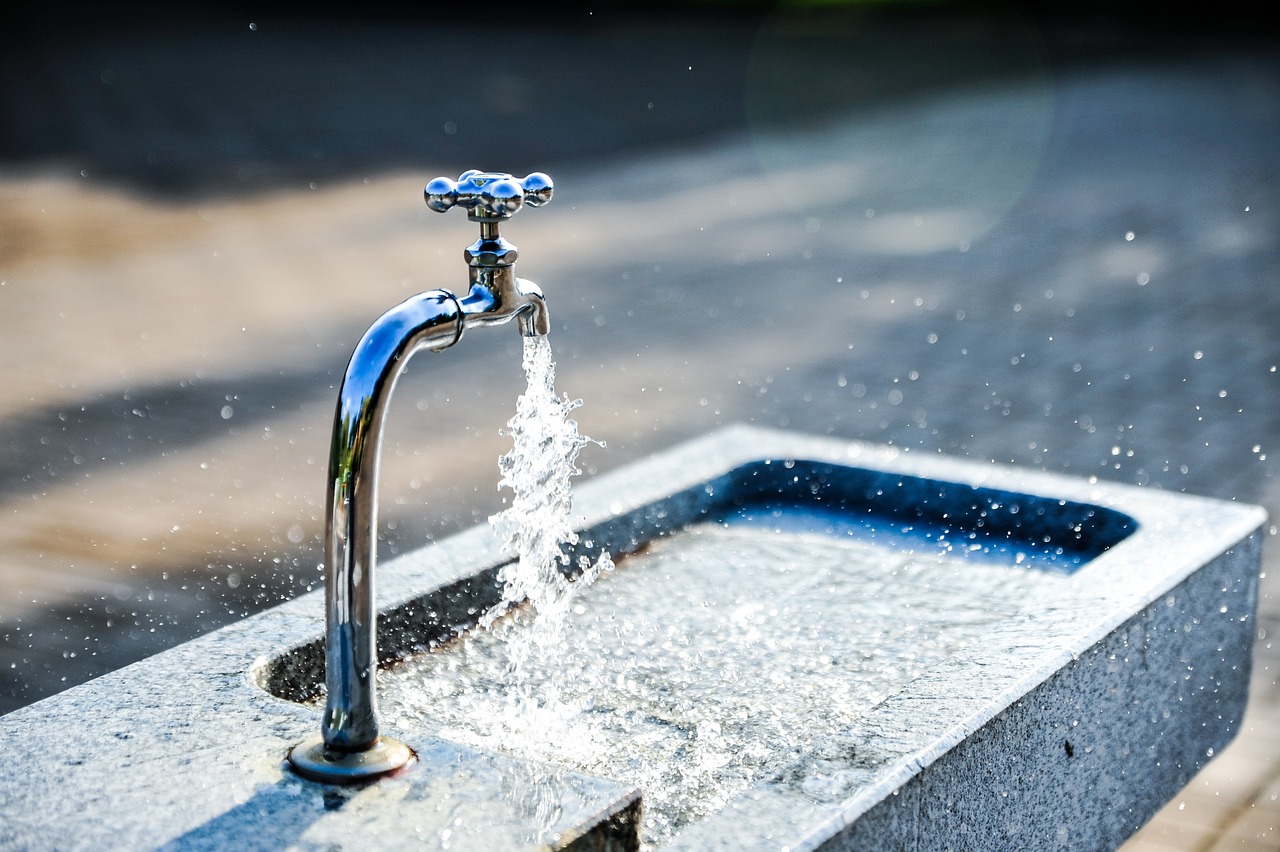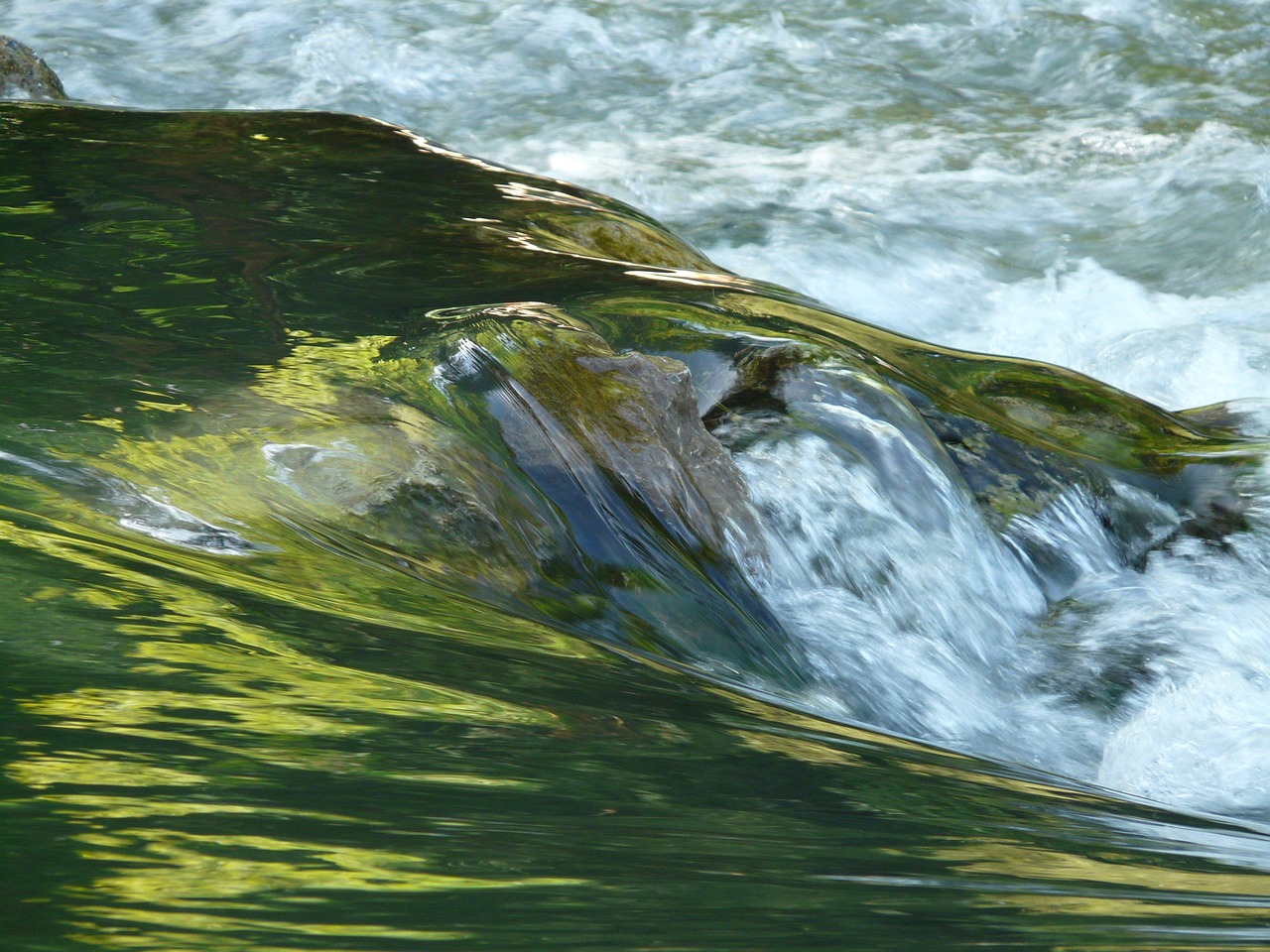The question of whether cold water heats up faster than hot water has intrigued scientists and curious minds alike for centuries. This article aims to explore this phenomenon by examining scientific principles, presenting experimental evidence, and addressing common misconceptions surrounding this topic.
The Mpemba Effect is a counterintuitive phenomenon where hot water can freeze faster than cold water under certain conditions. This effect highlights the complexities of water’s behavior and challenges our traditional understanding of thermal dynamics. Researchers have proposed various explanations, including differences in evaporation rates, convection currents, and the properties of hydrogen bonds in water.
To grasp whether cold water heats faster than hot water, it’s essential to understand the basic scientific principles involved in water heating. Heating occurs through three main processes: conduction, convection, and radiation.
Conduction is the process by which heat is transferred through direct contact. In the case of water, this means that molecules collide, transferring energy and increasing temperature. The efficiency of conduction is influenced by:
- The surface area of the container
- The material of the pot
- The initial temperature of the water
Each of these factors can significantly impact how quickly water heats up.
Convection occurs when warmer, less dense water rises while cooler, denser water sinks. This natural movement helps distribute heat throughout the water, influencing its overall heating process. The efficiency of convection is vital in determining how quickly water reaches a desired temperature.
Numerous experiments have been conducted to explore whether cold water heats up faster than hot water. These studies often yield varying results based on conditions such as the type of container, heat source, and environmental factors.
In controlled experiments, researchers have found that factors such as the container’s material and shape can influence heating rates. For instance, metal containers tend to conduct heat better than glass, affecting the speed of heating.
Understanding the principles of water heating is not just a theoretical exercise; it has practical implications in cooking and industrial processes. For example, knowing how to optimize heat sources can lead to more efficient cooking practices.
Many misconceptions exist regarding the heating of water, particularly the belief that cold water always heats faster. Addressing these myths is crucial for clarifying the science of temperature changes in water.
The debate over whether hot water heats faster than cold is ongoing. Factors such as initial temperature, container type, and heating method all contribute to the outcome. It’s essential to consider these variables when evaluating results.
Environmental factors like altitude, atmospheric pressure, and humidity can significantly affect the heating rate of water. Understanding these influences is crucial for accurate assessments of water heating.
To heat water efficiently, several practices can be adopted:
- Choosing the Right Container: Opt for materials with good thermal conductivity, such as copper or stainless steel, to enhance heating efficiency.
- Optimizing Heat Sources: Use efficient heat sources like induction cooktops or electric kettles to reduce heating time.
By implementing these strategies, one can achieve faster and more effective heating of water.
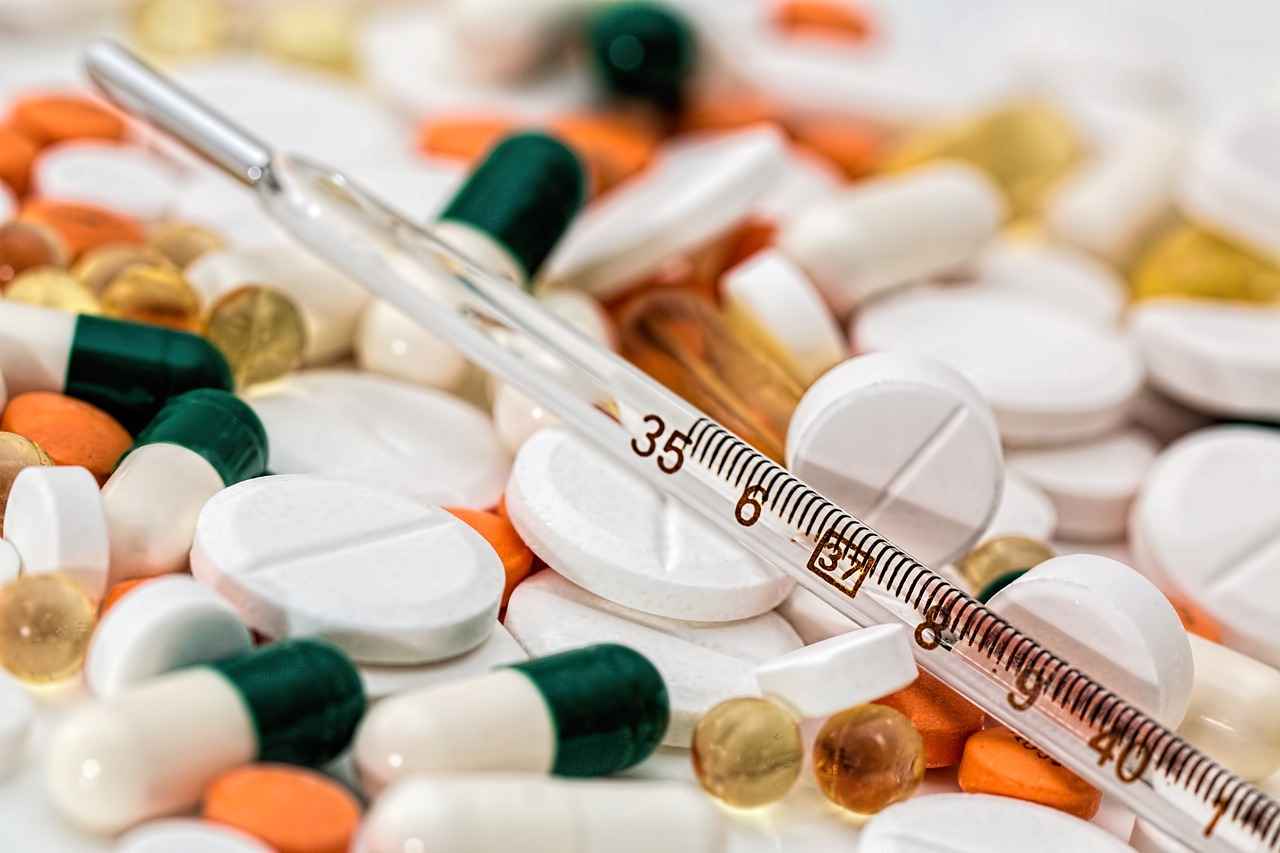
The Mpemba Effect Explained
The Mpemba Effect is a fascinating and somewhat perplexing phenomenon in the field of thermodynamics. It refers to the observation that, under certain conditions, hot water can freeze faster than cold water. This counterintuitive effect has intrigued scientists and laypeople alike, leading to numerous studies aimed at understanding the underlying principles.
To grasp the Mpemba Effect, it is essential to explore the factors that contribute to this unusual behavior. The conditions under which hot water may freeze more quickly than cold water can include aspects such as the surrounding environment, the properties of the water itself, and the specific conditions of the freezing process.
- Evaporation: Hot water tends to evaporate faster than cold water, which can reduce the volume of water that needs to freeze.
- Convection Currents: The movement of warmer water can create convection currents that distribute heat more evenly, potentially leading to faster cooling.
- Supercooling: Cold water can sometimes be supercooled, remaining liquid below its freezing point. This can delay the freezing process compared to hot water.
Numerous experiments have been conducted to investigate the Mpemba Effect, with varying results. Some researchers have successfully replicated the phenomenon, while others have failed to observe it, leading to debates within the scientific community. Factors such as the type of container used, the heat source, and even atmospheric conditions can significantly influence the outcome of these experiments.
For instance, a classic experiment involved:1. Filling two identical containers with water, one hot and one cold.2. Placing them in a freezer under similar conditions.3. Observing the time taken for each to freeze completely.
Interestingly, the Mpemba Effect is not just a scientific curiosity; it has practical implications. Understanding how water behaves at different temperatures can inform various applications, from cooking to industrial processes. For example, chefs may find that starting with hot water can lead to quicker cooking times for certain dishes.
Moreover, the Mpemba Effect challenges our conventional understanding of heat transfer and thermodynamics. It invites us to reconsider how we perceive temperature, heat, and the physical properties of water. This phenomenon serves as a reminder of the complexities inherent in what may seem like straightforward processes.
In conclusion, the Mpemba Effect exemplifies the intricate relationship between temperature and physical states. While it may seem counterintuitive that hot water can freeze faster than cold, the underlying scientific principles provide a rich area for exploration and understanding. By continuing to investigate this phenomenon, we can deepen our knowledge of thermodynamics and the fascinating behavior of water.

Scientific Principles Behind Water Heating
Understanding the is essential for both everyday applications and advanced scientific inquiries. Water heating involves complex thermodynamic processes, where heat transfer occurs primarily through three mechanisms: conduction, convection, and radiation. Each of these mechanisms plays a critical role in determining how effectively and quickly water reaches the desired temperature.
Conduction is defined as the transfer of heat through direct contact between materials. In the context of water heating, this process occurs as water molecules collide with one another and with the walls of the container. The efficiency of conduction is heavily influenced by:
- Surface Area: A larger surface area allows more molecules to interact, facilitating faster heat transfer.
- Material Properties: Different materials have varying thermal conductivities. For instance, metals like copper and aluminum conduct heat more efficiently than ceramic or glass.
- Temperature Difference: The greater the temperature difference between the heat source and the water, the faster the heat transfer.
Convection is the process by which warmer, less dense water rises while cooler, denser water sinks. This cyclical movement creates a convection current that helps distribute heat evenly throughout the body of water. There are two types of convection:
- Natural Convection: Occurs due to temperature differences, causing movement without any external force.
- Forced Convection: Involves external means, such as a stirring spoon or a pump, to enhance heat distribution.
Unlike conduction and convection, radiation transfers heat through electromagnetic waves. While it plays a minimal role in water heating compared to the other two mechanisms, it becomes significant in certain contexts, such as:
- Heating from Sunlight: Solar water heaters utilize radiation to warm water directly from sunlight.
- Infrared Heating: Devices that emit infrared radiation can heat water without direct contact.
Several factors can significantly influence the efficiency of heating water:
- Container Material: As mentioned, materials with high thermal conductivity improve heating speed.
- Initial Water Temperature: The starting temperature impacts how quickly water reaches boiling point.
- Heat Source: Different heating methods (like gas, electric, or induction) vary in efficiency and speed.
- Environmental Conditions: Factors such as altitude and ambient temperature can also affect heating rates.
The temperature gradient, which represents the difference between the water’s temperature and the heat source, is crucial in determining how quickly water heats up. A steeper gradient typically results in a faster heating process. This principle is particularly relevant in controlled experiments that compare the heating rates of hot and cold water.
In conclusion, a thorough understanding of the scientific principles behind water heating—encompassing conduction, convection, radiation, and the various influencing factors—enables individuals to optimize their heating methods for both practical and scientific purposes. By leveraging these principles, one can achieve more efficient heating processes in everyday scenarios, from cooking to industrial applications.
Conduction: The Transfer of Heat
Conduction is a fundamental process in which heat is transferred through direct contact between molecules. In the context of water, this process is particularly fascinating due to the unique properties of water molecules. When heat is applied, the molecules within the water begin to vibrate more vigorously. This increase in kinetic energy leads to collisions between neighboring molecules, effectively transferring energy and raising the overall temperature of the water.
The efficiency of conduction is influenced by several key factors. One of the most significant factors is the surface area of the container holding the water. A larger surface area allows for more molecules to come into contact with the heat source, enhancing the rate of heat transfer. Additionally, the material of the container plays a crucial role; materials with high thermal conductivity, such as copper or aluminum, allow heat to transfer more efficiently than those with lower conductivity, such as glass or plastic.
Another factor that impacts conductive heat transfer is the initial temperature of the water. When starting with colder water, the temperature gradient between the water and the heat source is greater, which can lead to faster heating initially. However, as the temperature of the water rises, the rate of conduction may slow down due to reduced molecular movement at higher temperatures.
Furthermore, the temperature gradient itself is vital in understanding conduction. The greater the difference in temperature between the water and the heating element, the faster the heat transfer will occur. This principle is essential in applications such as cooking, where achieving the desired temperature quickly is often crucial.
In addition to these factors, the environmental conditions surrounding the heating process can also affect conduction. For instance, heating water at higher altitudes can result in lower atmospheric pressure, which may influence boiling points and heat transfer rates. Similarly, humidity levels can impact how heat is absorbed by the water.
To optimize the conduction process for heating water, one can adopt practical strategies. Selecting the right container is paramount; using pots made from materials with high thermal conductivity can significantly enhance heating efficiency. Additionally, ensuring that the container is in direct contact with the heat source without any barriers can further improve heat transfer.
In summary, conduction is a vital mechanism for heating water, relying on direct molecular contact and influenced by various factors, including surface area, material properties, initial temperature, and environmental conditions. Understanding these principles allows for more effective heating practices, whether in the kitchen or in industrial applications.
Factors Affecting Conductive Heat Transfer
Understanding the is essential for anyone interested in the science of heating, especially when it comes to water. Conductive heat transfer is a fundamental process that occurs when heat moves through materials, and several variables can significantly influence its efficiency. This article will explore these factors in detail, offering insights into how they affect the heating process.
The surface area of the container plays a crucial role in heat transfer. A larger surface area allows for more contact between the hot surface and the water, facilitating faster heat exchange. For instance, a wide, shallow pot will heat water more quickly than a narrow, tall one, even if they hold the same volume. This is because the greater surface area in contact with the heat source allows for more efficient energy transfer.
The material from which the pot is made is another significant factor. Different materials have varying thermal conductivities, which affect how quickly they can transfer heat to the water. For example:
| Material | Thermal Conductivity (W/m·K) |
|---|---|
| Copper | 401 |
| Aluminum | 237 |
| Stainless Steel | 16 |
As shown in the table, materials like copper and aluminum are excellent conductors of heat, making them ideal for cooking. In contrast, stainless steel, while durable, is less efficient in transferring heat, which can lead to longer heating times.
The initial temperature of the water is another critical factor. Water that starts at a higher temperature will generally require less energy to reach boiling point than water that begins at a lower temperature. However, the rate of heat transfer can also be influenced by the difference in temperature between the water and the heat source, known as the temperature gradient. A larger gradient typically accelerates the heating process, as the heat flows more rapidly from the source to the water.
Environmental conditions, such as altitude and atmospheric pressure, can also impact conductive heat transfer. At higher altitudes, the boiling point of water decreases, which can affect how quickly water heats up in different locations. Additionally, factors like humidity can influence the efficiency of heat transfer, as moisture in the air can absorb some of the heat being transferred.
In summary, several factors influence the efficiency of conductive heat transfer when heating water. The surface area of the container, the material of the pot, the initial temperature of the water, and environmental conditions all play significant roles in determining how quickly water heats up. By understanding these factors, individuals can optimize their heating methods for better efficiency and faster results.
Temperature Gradient Impact
The concept of the temperature gradient is fundamental in understanding how water heats up. The temperature gradient refers to the difference between the temperature of the water and that of the heat source. This gradient plays a crucial role in determining the rate at which water absorbs heat. When the temperature difference is greater, the rate of heat transfer typically increases, resulting in faster heating of the water.
To elaborate, when a heat source, such as a stove or a heating element, is applied to water, the molecules in the water begin to gain energy. This process is influenced by the temperature gradient. If the water is significantly colder than the heat source, the rapid transfer of energy can lead to a quicker increase in temperature. Conversely, if the water is already warm, the heat transfer will occur at a slower rate due to a smaller temperature gradient.
In practical terms, this means that when you place cold water on a stove, it can heat up more quickly than water that is already at a higher temperature, given the right conditions. This principle is particularly relevant in cooking and industrial processes where efficiency is key. For instance, chefs often recommend starting with cold water when boiling pasta, as the larger temperature gradient allows for quicker heating.
| Temperature Gradient | Rate of Heating |
|---|---|
| Large Gradient (Cold Water) | Faster Heating |
| Small Gradient (Warm Water) | Slower Heating |
Furthermore, the impact of the temperature gradient is also influenced by other factors such as container material and surface area. For example, a metal pot will conduct heat more effectively than a ceramic one, enhancing the heating process. Similarly, a wider pot allows for a greater surface area, facilitating better heat transfer and, consequently, faster heating.
It is essential to note that the environment plays a significant role in how effective the temperature gradient can be. Factors such as altitude, atmospheric pressure, and even humidity can affect the boiling point of water and the efficiency of heat transfer. At higher altitudes, for instance, the lower atmospheric pressure can lead to a decrease in the boiling point of water, which may alter the expected heating times.
In conclusion, the temperature gradient is a vital factor in the heating of water. Understanding how it works can lead to more efficient heating practices, whether in cooking or industrial applications. By considering the temperature difference, container choice, and environmental factors, one can optimize the heating process for various needs.
Convection: The Movement of Heat
Convection is a fundamental process in the heating of fluids, including water. This phenomenon occurs when warmer, less dense water rises, while cooler, denser water sinks. As a result, there is a continuous movement that facilitates the distribution of heat throughout the body of water. This process is essential for understanding how heat is transferred in various environments, from natural bodies of water to industrial applications.
The mechanism of convection can be broken down into several stages. Initially, when heat is applied to water, the molecules at the surface gain energy and begin to move more rapidly. As these molecules heat up, they become less dense and rise to the surface. This creates a void that cooler, denser water can fill. As the cooler water descends, it is heated by the warmer water above it, creating a cycle known as a convection current.
Convection currents are not only vital for maintaining uniform temperatures in water but also play a crucial role in various natural and artificial processes. For example, in large bodies of water, such as oceans and lakes, convection helps regulate temperature, impacting local climates and ecosystems. In cooking, convection ovens utilize fans to circulate hot air, ensuring even cooking and browning of food.
| Stage | Description |
|---|---|
| Heating | Warmer water molecules gain energy and rise. |
| Rising | Less dense warm water moves upwards. |
| Sinking | Cooler, denser water moves down to replace the rising warm water. |
| Cycling | This process continues, creating a convection current. |
The efficiency of convection is influenced by several factors, including temperature differences, the size of the body of water, and the shape of the container. A larger temperature gradient typically results in faster convection, as the difference in density between the warm and cool water is more pronounced. Additionally, the shape of the container can affect how the water circulates, with taller, narrower containers often promoting stronger convection currents.
- Temperature Gradient: A larger difference in temperature leads to quicker heat distribution.
- Container Shape: The design of the container can enhance or hinder convection currents.
- Fluid Properties: The viscosity and density of the fluid also play a role in the convection process.
Understanding convection is crucial for various applications, from designing efficient heating systems to predicting weather patterns. In industrial settings, engineers often consider convection when designing heat exchangers and reactors, ensuring optimal thermal management. In everyday life, recognizing how convection works can lead to better cooking techniques and energy savings.
In summary, convection is a vital process that facilitates the movement and distribution of heat within fluids. By grasping the principles of convection, individuals can enhance their understanding of thermal dynamics, leading to improved practices in both personal and professional contexts.
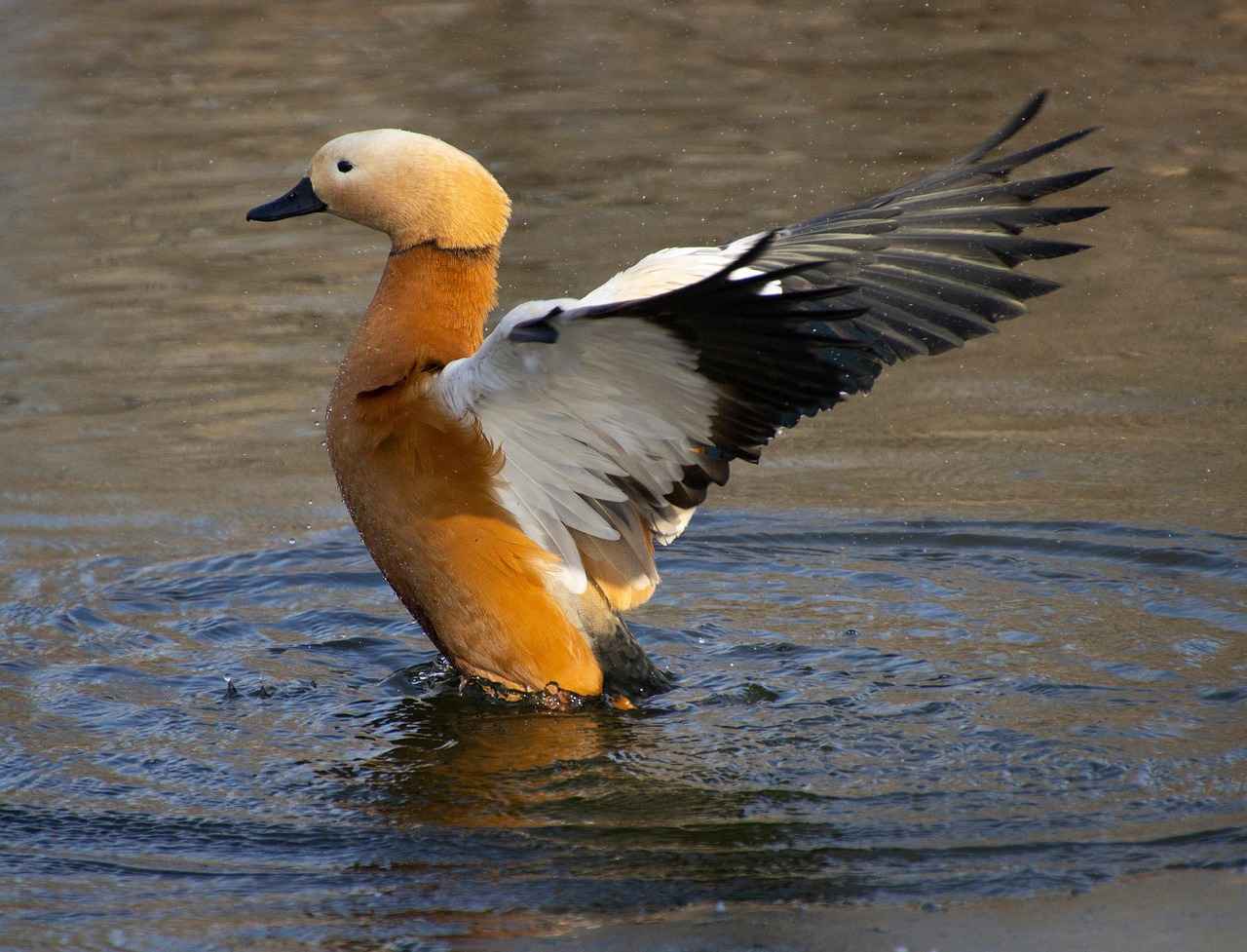
Experimental Evidence: Cold vs. Hot Water
When exploring the question of whether cold water heats up faster than hot water, numerous experiments have been conducted to shed light on this intriguing topic. The results from these experiments often challenge our intuitive understanding of temperature dynamics, particularly in relation to the Mpemba Effect.
The Mpemba Effect is a phenomenon where hot water can freeze faster than cold water under certain conditions. This counterintuitive observation raises questions about the complexities of heat transfer and the behavior of water at different temperatures. Understanding this effect is essential for grasping the intricate dynamics of water heating and cooling.
Numerous studies have sought to compare the heating rates of cold and hot water. These experiments typically focus on controlled variables such as the type of container, the heat source, and the initial temperatures of the water. The results are often mixed, leading to a deeper investigation into the factors that influence heating efficiency.
In controlled experiments, researchers have observed that the heating rate of water is influenced by several factors:
- Container Material: The thermal conductivity of the container plays a significant role. Materials like copper and aluminum heat water more quickly than glass or ceramic.
- Surface Area: A larger surface area allows for more efficient heat transfer, which can favor hot water in certain situations.
- Initial Temperature: The temperature difference between the water and the heat source can affect the rate of heating.
The implications of understanding how water heats up extend beyond scientific curiosity; they have practical applications in various fields. For instance:
- Cooking: Knowing the best way to heat water can improve cooking efficiency and food quality.
- Industrial Processes: Industries that rely on heating water for processes can optimize their systems for better energy efficiency.
Despite the extensive research, many misconceptions persist regarding the heating of water. One common belief is that cold water always heats faster than hot water. This is not universally true and can vary based on specific conditions.
Several factors can influence whether cold or hot water heats faster:
- Environmental Conditions: Altitude and atmospheric pressure can affect the boiling point of water, impacting heating rates.
- Heating Method: The method used to heat the water, such as induction versus traditional stovetops, can lead to different results.
In summary, the question of whether cold water heats up faster than hot water is complex and depends on various factors, including the nature of the heating environment and the properties of the water itself. The Mpemba Effect adds another layer of intrigue, highlighting the need for further research to fully understand the dynamics of water heating.
Controlled Experiments
The investigation into whether cold water heats up faster than hot water is a fascinating topic that has intrigued scientists and laypersons alike. Central to this inquiry are , which are essential for drawing reliable conclusions about the heating properties of water under varying conditions.
Controlled experiments are designed to isolate specific variables and observe their effects on the outcome. In the context of water heating, several critical factors can influence the results, including:
- Container Type: The material and shape of the container can significantly affect heat transfer efficiency. For instance, metal containers, especially those made of copper or aluminum, conduct heat better than glass or ceramic.
- Heat Source: Different heat sources, such as gas stoves, electric coils, or induction cooktops, provide varying levels of heat intensity and efficiency. Understanding how each source interacts with the water can lead to different heating rates.
- Environmental Conditions: Factors like room temperature, humidity, and altitude can also play a role. For example, water may heat more slowly in a high-altitude environment due to lower atmospheric pressure.
Each of these factors can lead to varying results in controlled experiments, making it essential to analyze them thoroughly. For instance, one study might find that cold water heats up faster in a particular type of pot over a gas flame, while another study could show the opposite outcome in a different setup. Thus, the conditions under which the experiment is conducted are crucial for drawing accurate conclusions.
When evaluating the results of controlled experiments, it’s important to consider the replicability of the findings. Reliable experiments should yield consistent results when repeated under the same conditions. Any discrepancies may indicate that other uncontrolled variables are at play.
Furthermore, the analysis of experimental results should focus on statistical significance. This involves determining whether the observed differences in heating rates are due to the variables being tested or simply due to chance. Employing proper statistical methods can enhance the credibility of the findings.
The insights gained from controlled experiments have practical implications in everyday life. For instance, understanding how different containers and heat sources affect water heating can lead to more efficient cooking practices. Home cooks can optimize their methods by selecting the right cookware and heat settings, ultimately saving time and energy.
In industrial settings, these principles can be applied to improve processes involving large quantities of water, such as in food production or chemical manufacturing. By refining the heating process based on experimental findings, industries can enhance productivity and reduce costs.
In summary, controlled experiments are vital for exploring the intriguing question of whether cold water heats up faster than hot water. By analyzing various influencing factors such as container type, heat source, and environmental conditions, researchers can draw more accurate conclusions. Understanding these dynamics not only satisfies scientific curiosity but also has practical applications that can improve efficiency in both domestic and industrial settings.
Real-World Applications
Understanding how water heats is crucial for various real-world applications, including cooking, industrial processes, and even environmental science. By recognizing the nuances of heating water, individuals and industries can adopt more efficient practices that not only save time but also conserve energy.
In the culinary world, the temperature of water can significantly alter cooking outcomes. For instance, when boiling pasta, starting with hot water can reduce cooking time, as it reaches the boiling point faster than cold water. This principle is particularly important in professional kitchens where time efficiency is paramount. Additionally, understanding the differences in heating water can help chefs optimize their cooking techniques, leading to better flavor and texture in dishes.
In industrial settings, the heating of water is often involved in processes such as cleaning, sterilization, and manufacturing. For example, in food processing, hot water is essential for sanitizing equipment and ensuring food safety. Industries can benefit from understanding the most efficient methods for heating water, which can lead to reduced energy costs and improved operational efficiency. By analyzing factors such as the type of heating system and the initial temperature of water, businesses can implement strategies that maximize output while minimizing energy consumption.
As global awareness of energy conservation grows, understanding how water heats can contribute to more sustainable practices. For instance, using solar heaters to warm water before it enters a conventional heating system can significantly reduce energy usage. Additionally, recognizing the impact of water temperature on heating efficiency can encourage the adoption of eco-friendly technologies. By leveraging renewable energy sources and optimizing heating methods, both consumers and industries can contribute to a more sustainable future.
In scientific research, precise control of water temperature is often necessary. Experiments involving chemical reactions, biological studies, or physics often require specific water temperatures to ensure accurate results. Understanding the principles of heat transfer—such as conduction and convection—allows researchers to design experiments that yield reliable data. This knowledge is critical in fields ranging from environmental science to materials engineering.
For homeowners, understanding how to heat water efficiently can lead to significant savings on energy bills. Here are some practical tips:
- Use Energy-Efficient Appliances: Invest in appliances such as tankless water heaters or induction cooktops that heat water quickly and use less energy.
- Insulate Water Tanks: Insulating hot water tanks can help maintain temperature and reduce the need for constant reheating.
- Optimize Heating Times: Heat water during off-peak hours to take advantage of lower energy rates.
By applying these strategies, individuals can not only improve their own heating practices but also contribute to broader efforts in energy conservation.
In summary, understanding how water heats is essential for a variety of real-world applications. From cooking to industrial processes and environmental considerations, the ability to optimize water heating practices can lead to increased efficiency, cost savings, and a reduced carbon footprint. By leveraging scientific principles and practical tips, both individuals and industries can enhance their operations and contribute to a more sustainable future.
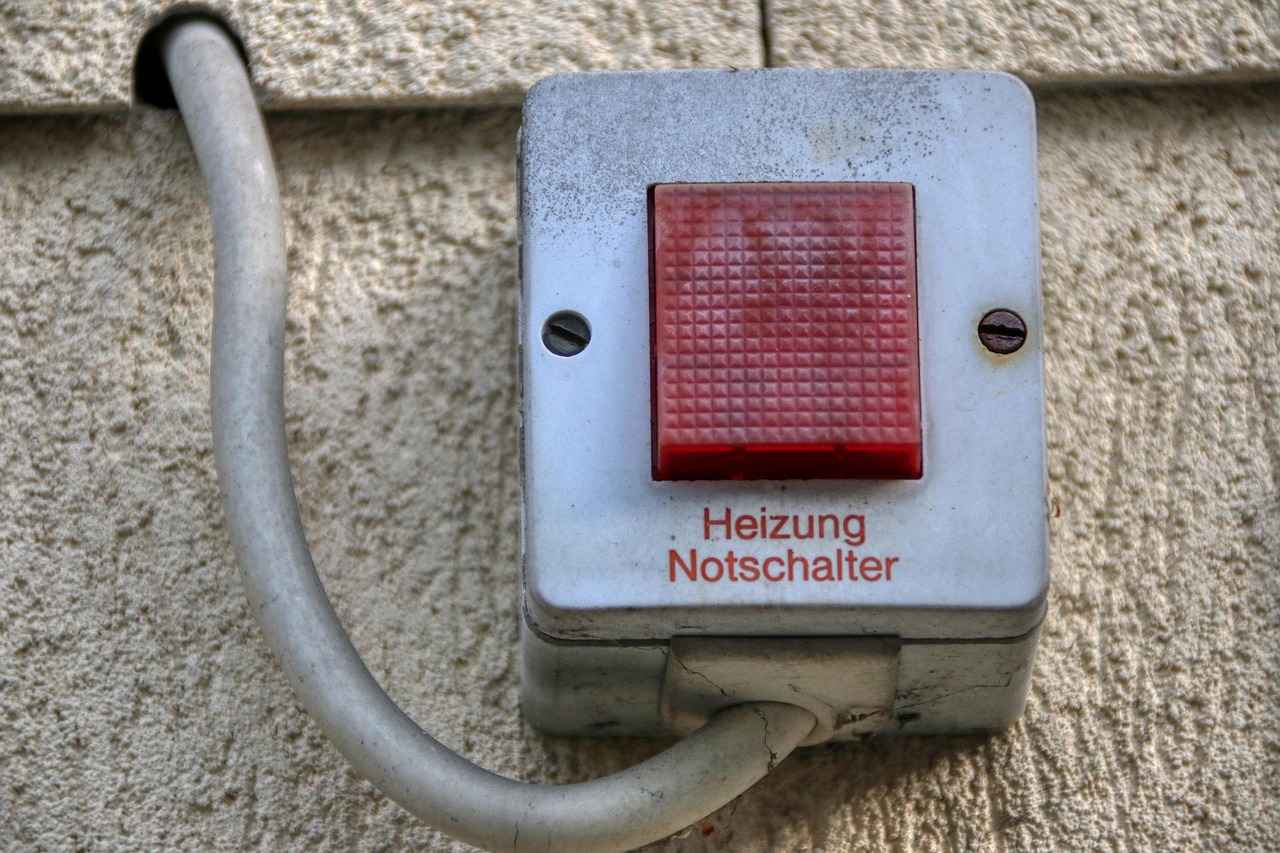
Common Misconceptions About Water Heating
When it comes to heating water, misconceptions abound. One of the most prevalent myths is the belief that cold water heats up faster than hot water. This notion, while intuitive to some, oversimplifies the complexities involved in the heating process. Understanding the science behind water heating can help dispel these myths and clarify how temperature affects the rate at which water heats.
The process of heating water is governed by the principles of thermodynamics. Heat transfer occurs through three primary mechanisms: conduction, convection, and radiation. Each of these plays a role in how quickly water reaches a desired temperature.
Conduction is the process where heat is transferred through direct contact. In water, molecules collide, passing energy and increasing temperature. The efficiency of this heat transfer is influenced by factors such as the material of the container and the surface area exposed to the heat source.
Convection occurs when warmer, less dense water rises while cooler, denser water sinks. This movement helps distribute heat throughout the body of water, significantly influencing the overall heating process. The efficiency of convection can vary based on the shape and size of the container.
Many people believe that because cold water starts at a lower temperature, it must heat up faster than hot water. This misconception fails to consider the temperature gradient—the difference between the water’s temperature and the heat source. A larger gradient typically results in faster heating.
Numerous experiments have been conducted to explore whether cold water heats faster than hot water. Some studies suggest that under specific conditions, the Mpemba Effect can occur, where hot water freezes faster than cold. However, these results are not universally applicable and depend on various factors, including the type of container and the heating method used.
Environmental conditions such as altitude, atmospheric pressure, and humidity can also impact the heating rate of water. For instance, at higher altitudes, water boils at lower temperatures, which can affect cooking and heating times. Understanding these influences is crucial for accurate assessments.
To maximize the efficiency of heating water, consider the following practical tips:
- Choose the Right Container: Use materials with good thermal conductivity, such as copper or stainless steel, to enhance heating efficiency.
- Optimize Heat Sources: Employ efficient heat sources like induction cooktops or electric kettles, which can significantly reduce heating time.
- Cover the Container: Using a lid can trap heat and reduce cooking time, making the process more efficient.
Different heating methods can yield varying results. For example, using a microwave may heat water unevenly, while a kettle provides a more consistent temperature. Recognizing the pros and cons of each method can lead to better outcomes in your everyday activities.
In conclusion, while the belief that cold water heats faster than hot water is widespread, it is essential to understand the underlying scientific principles that govern water heating. By dispelling these misconceptions and adopting efficient practices, you can enhance your understanding of water temperature dynamics and optimize your heating methods.
Hot Water vs. Cold Water: Which is Faster?
The question of whether hot water heats faster than cold water has intrigued scientists and curious minds alike for years. This debate is rooted in various scientific principles and practical observations, leading to a better understanding of how water behaves under different conditions. In this article, we will explore the factors that influence the heating rates of hot and cold water, shedding light on this fascinating topic.
To grasp the nuances of water heating, it’s essential to consider the thermodynamic principles at play. When heat is applied to water, it undergoes a series of changes in temperature, which can be influenced by several factors:
- Initial Temperature: The starting temperature of the water significantly impacts how quickly it reaches the desired temperature.
- Container Type: Different materials conduct heat at varying rates, affecting how efficiently water heats up.
- Heating Method: The source of heat, whether it be a gas stove, electric kettle, or induction cooktop, plays a crucial role in the heating process.
Several factors contribute to the debate about hot vs. cold water heating rates:
- Heat Transfer Mechanisms: The three primary mechanisms of heat transfer—conduction, convection, and radiation—affect how water heats. Conduction occurs through direct contact, while convection involves the movement of water as it heats.
- Temperature Gradient: A larger temperature difference between the heat source and the water can lead to faster heating. For instance, hot water has a higher initial temperature, potentially leading to quicker heating under the right conditions.
- Environmental Conditions: Factors such as altitude and atmospheric pressure can also influence heating rates. For example, water boils at lower temperatures at higher altitudes, affecting how quickly it heats.
The Mpemba Effect is a phenomenon where hot water can freeze faster than cold water under certain circumstances. While this effect has been observed, it remains a subject of scientific inquiry, often attributed to factors like evaporation and convection currents. Understanding this effect is vital for comprehending the complexities of water temperature dynamics.
Numerous experiments have been conducted to investigate the heating rates of hot and cold water. Controlled studies reveal that results can vary based on:
- Container Material: Metal containers often heat water faster than glass or ceramic due to better thermal conductivity.
- Heat Source: Induction cooktops can heat water more efficiently than traditional gas stoves.
- Initial Conditions: Starting with cold water may seem intuitive, but under specific conditions, hot water can reach the boiling point quicker.
Understanding the dynamics of water heating is not just an academic exercise; it has practical implications in everyday life. For instance:
- Cooking: Knowing how to heat water efficiently can improve cooking times and enhance the quality of prepared meals.
- Industrial Processes: In manufacturing, optimizing water heating can lead to energy savings and increased productivity.
In summary, the debate over whether hot water heats faster than cold water is complex and influenced by a variety of factors. While initial temperature, container type, and heating methods all play significant roles, the scientific understanding of heat transfer mechanisms provides clarity. As we continue to explore this topic, it becomes evident that there is no one-size-fits-all answer, and the conditions under which water is heated can lead to differing outcomes.
Influence of Environmental Factors
Understanding the on the heating rate of water is essential for various scientific and practical applications. The heating process is not merely a function of the water’s initial temperature; it is significantly impacted by external conditions such as altitude, atmospheric pressure, and humidity. Each of these factors plays a unique role in how quickly water can reach its boiling point or desired temperature.
As altitude increases, atmospheric pressure decreases. This reduction in pressure lowers the boiling point of water, allowing it to heat up more quickly under certain conditions. For instance, at sea level, water boils at 100°C, but at higher altitudes, this temperature can drop significantly. Consequently, water may reach its boiling point faster in high-altitude environments, which is crucial for cooking and other applications.
Atmospheric pressure not only affects the boiling point but also the efficiency of heat transfer. In a high-pressure environment, water molecules are more densely packed, which can enhance the conduction process. Conversely, low pressure can lead to a more rapid evaporation of water, which may seem counterintuitive but can actually cool the water and slow down the heating process.
Humidity, the amount of moisture in the air, also plays a significant role in the heating rate of water. High humidity levels can slow down the evaporation process, allowing water to retain heat more effectively. Conversely, in low-humidity environments, evaporation occurs more rapidly, which can lead to a cooling effect on the water. This interaction between humidity and temperature is particularly important in climate-controlled settings, where precise temperature management is required.
The interplay between altitude, atmospheric pressure, and humidity creates a complex web of influences that can either enhance or inhibit the heating of water. For example, in a humid, low-altitude environment, water may heat up slower due to increased evaporation rates. In contrast, at high altitudes with low humidity, water may boil quicker due to lower atmospheric pressure, despite the cooler temperatures.
Understanding these environmental influences is crucial not just for scientific research but also for practical applications such as cooking, industrial processes, and even environmental science. For instance, chefs in high-altitude locations often adjust their cooking times and methods due to the differences in boiling points and heating rates. Similarly, industries that rely on heating water must consider these factors to optimize their processes and achieve consistent results.
In summary, the heating rate of water is significantly affected by environmental factors such as altitude, atmospheric pressure, and humidity. By understanding these influences, individuals and industries can make informed decisions to enhance efficiency and effectiveness in their water heating practices.
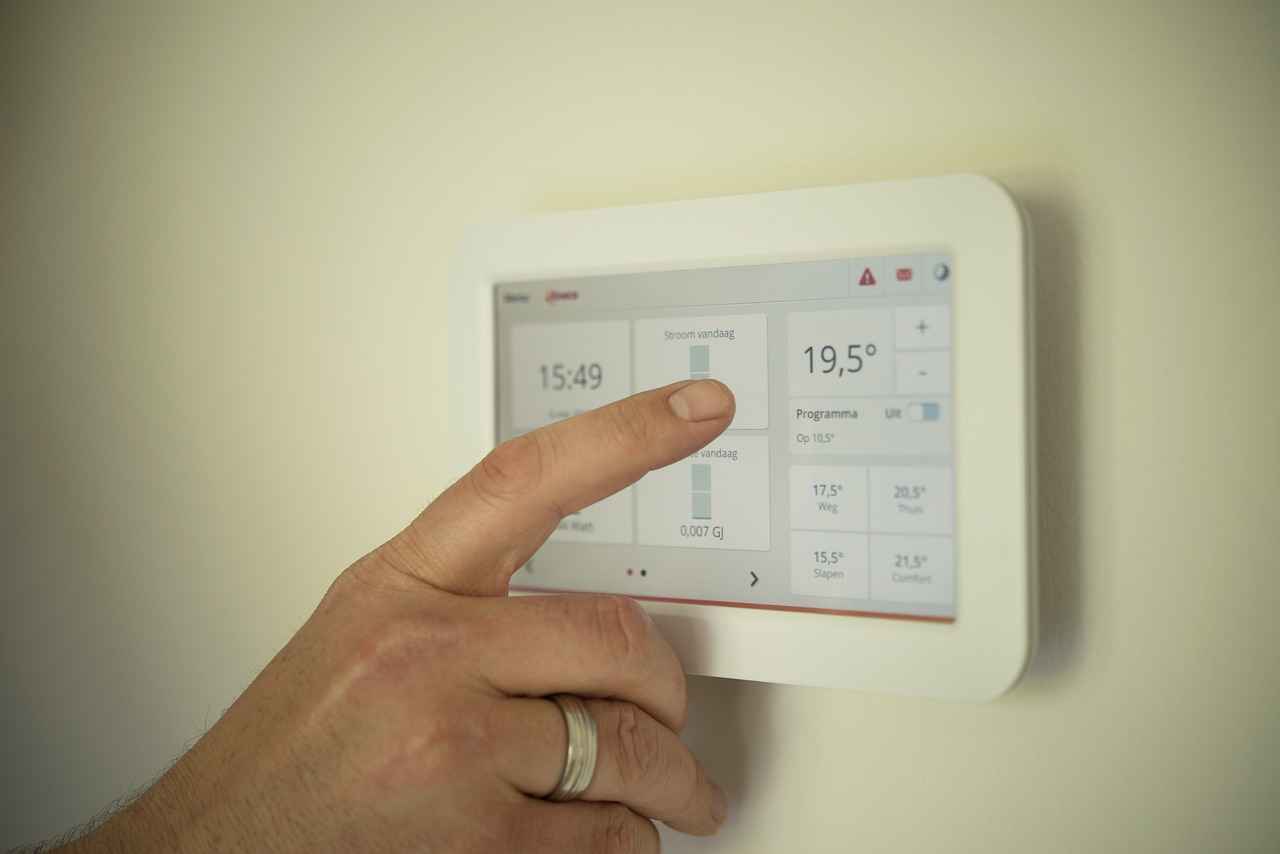
Practical Tips for Heating Water Efficiently
Heating water efficiently is essential in various applications, from cooking to industrial processes. By adopting certain practices, you can optimize your water heating methods, saving time and energy. This article outlines practical tips that can help you heat water more effectively.
One of the first steps in heating water efficiently is selecting the appropriate container. The material of the container plays a vital role in heat transfer. Containers made from copper or stainless steel are excellent choices due to their high thermal conductivity. These materials allow heat to transfer quickly, reducing the time needed to heat the water.
Utilizing efficient heat sources can significantly impact the time it takes to heat water. For instance, induction cooktops are known for their speed and energy efficiency as they directly heat the pot rather than the cooking surface. Similarly, electric kettles are designed specifically for heating water and can do so much faster than traditional stovetops. Understanding the benefits and limitations of each method can lead to better decisions regarding your heating practices.
Different heating methods have their advantages and disadvantages. For example, microwave ovens can heat small amounts of water quickly, but they may not be suitable for larger quantities. On the other hand, stovetop boiling is effective for larger volumes but may take longer. Knowing when to use each method can enhance your efficiency.
When heating water, consider using a lid on your container. Covering the pot or kettle helps trap heat, allowing the water to reach its boiling point more quickly. This simple practice can save both time and energy, making your heating process more efficient.
Starting with warm water can also improve heating efficiency. If you begin with water that is already at a moderate temperature, it will require less time and energy to reach the desired heat. This practice is particularly useful in scenarios where rapid heating is essential.
Another important factor is the heat level you apply. Starting with a high heat setting can bring water to a boil faster, but once it reaches that point, it is wise to reduce the heat to maintain a steady boil. This approach not only conserves energy but also ensures that the water does not evaporate too quickly.
For precise heating, consider using a thermometer to monitor the water temperature. This tool can help you avoid overheating and wasting energy. Knowing the exact temperature can also be crucial for specific cooking methods, particularly in baking or brewing.
Lastly, be mindful of your environment. Factors such as altitude and air pressure can influence boiling points and heating efficiency. For example, water boils at a lower temperature at higher altitudes, which may require adjustments in cooking times and methods.
In conclusion, by implementing these practical tips for heating water efficiently—such as choosing the right container, optimizing heat sources, and understanding various heating methods—you can enhance your water heating practices. These strategies not only save time and energy but also contribute to more effective cooking and industrial processes.
Choosing the Right Container
When it comes to heating water efficiently, one of the most critical factors to consider is the choice of container. The material of the container not only affects the heating speed but also plays a significant role in the overall energy efficiency of the process. In this section, we will explore the importance of selecting the right container and the materials that can enhance heating efficiency.
Thermal conductivity refers to a material’s ability to conduct heat. The higher the thermal conductivity, the more efficiently heat is transferred through the material. This property is crucial when selecting a container for heating water, as it directly impacts how quickly the water will reach the desired temperature.
- Copper: Known for its excellent thermal conductivity, copper is often regarded as one of the best materials for heating water. It heats up quickly and evenly, reducing the time it takes to bring water to a boil.
- Stainless Steel: While not as conductive as copper, stainless steel is a popular choice due to its durability and resistance to corrosion. Many stainless steel pots are designed with a copper or aluminum core to enhance their heating efficiency.
- Aluminum: Lightweight and highly conductive, aluminum is another good option for heating water. However, it can react with certain substances, so it’s essential to choose food-grade aluminum containers.
The shape and design of the container also play a vital role in heating efficiency. A container with a larger surface area allows for better heat transfer, facilitating faster heating. For instance, wide, shallow pots can heat water more quickly than tall, narrow ones due to the increased exposure to the heat source.
While selecting a container with good thermal conductivity is essential, it’s equally important to consider insulation. Insulated containers can help retain heat, reducing energy consumption. For example, double-walled containers are designed to minimize heat loss, making them an excellent choice for keeping water hot for extended periods.
When choosing a container for heating water, it’s also essential to consider practical aspects such as weight, ease of cleaning, and compatibility with heat sources. For instance, some materials may not be suitable for use on induction cooktops. Therefore, understanding the compatibility of your container with your heat source can ensure optimal performance.
In summary, selecting the right container for heating water involves considering materials with high thermal conductivity, the shape and design of the container, and practical aspects that affect usability. By making an informed choice, you can enhance heating efficiency, save energy, and improve your overall cooking experience.
Optimizing Heat Sources
When it comes to heating water efficiently, the choice of heat source can make a significant difference. not only saves time but also enhances energy efficiency, ultimately leading to better results in various applications, from cooking to industrial processes.
There are several methods available for heating water, each with its own advantages and disadvantages. The most common heat sources include:
- Induction Cooktops: These cooktops use electromagnetic fields to directly heat pots and pans, making them incredibly efficient. They can heat water quickly, as the heat is generated directly in the cookware.
- Electric Kettles: Designed specifically for boiling water, electric kettles are often faster than traditional stovetops. They have built-in heating elements that allow for rapid heating.
- Gas Stovetops: While gas burners provide instant heat, they may not be as efficient as induction or electric options, particularly in terms of energy waste.
- Microwave Ovens: Microwaves can heat small amounts of water quickly, but they may not be practical for larger quantities.
| Heat Source | Pros | Cons |
|---|---|---|
| Induction Cooktops | Fast heating, energy-efficient, precise temperature control | Requires compatible cookware, higher initial cost |
| Electric Kettles | Quick boiling, automatic shut-off, energy-efficient | Limited capacity, requires electricity |
| Gas Stovetops | Instant heat, works with any cookware | Less energy-efficient, heat loss to the environment |
| Microwave Ovens | Fast for small amounts, convenient | Uneven heating, impractical for large volumes |
To determine the best heat source for your needs, consider the following factors:
- Volume of Water: For larger quantities, electric kettles or induction cooktops may be more efficient.
- Energy Efficiency: Induction cooktops and electric kettles tend to be more energy-efficient compared to gas stovetops.
- Speed: If time is critical, electric kettles and induction cooktops are generally the fastest options.
- Convenience: Electric kettles offer the convenience of automatic shut-off, making them safer for unattended use.
To maximize the efficiency of your chosen heat source, follow these best practices:
- Use the Right Container: Choose pots and kettles made from materials that conduct heat well, such as copper or stainless steel.
- Cover the Container: Keeping a lid on the pot or kettle can help retain heat and speed up the heating process.
- Preheat Water: If possible, preheating water in a smaller container before transferring it to a larger pot can save time.
By understanding the pros and cons of each heating method and implementing best practices, you can significantly reduce the time it takes to heat water. Whether you’re cooking, preparing beverages, or engaging in industrial processes, optimizing your heat source is key to achieving efficiency and effectiveness.
Frequently Asked Questions
- Does cold water really heat up faster than hot water?
Not necessarily! While it might seem counterintuitive, the speed at which water heats up depends on various factors, including the initial temperature, the type of container, and the heat source used. Sometimes, hot water can heat faster due to a larger temperature gradient.
- What is the Mpemba Effect?
The Mpemba Effect is the phenomenon where hot water can freeze faster than cold water under certain conditions. It’s a fascinating topic that challenges our understanding of thermodynamics and water behavior.
- What factors influence how quickly water heats up?
Several factors play a role in heating water efficiently, including:
- The initial temperature of the water
- The material of the container
- The surface area of the container
- The heat source used
- Environmental factors like altitude and pressure
- Can I use any container to heat water?
Not all containers are created equal! Using materials with good thermal conductivity, like copper or stainless steel, can enhance heating efficiency. So, choose wisely!
- How can I heat water more efficiently?
To heat water efficiently, consider using induction cooktops or electric kettles, as they are designed for quick heating. Additionally, optimizing the container and understanding the best practices for your heating method can save you time and energy.
